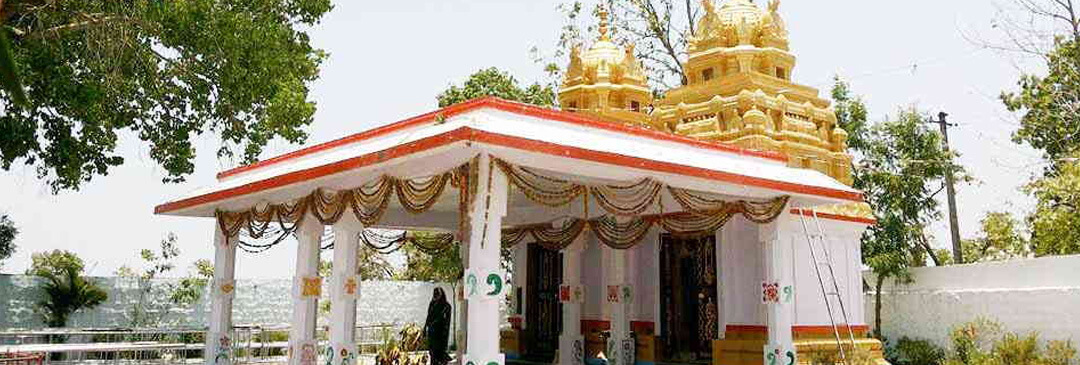Nagoba Jatara is a tribal festival held in Keslapur village, Inderavelly Mandal Adilabad district, Telangana, India. It is the second biggest tribal carnival and celebrated by Mesaram clan of Gond tribes for 10 days. Tribal people from Maharashtra, Chhattisgarh, Orissa and Madhya Pradesh belonging to the Mesram clan offer prayers at the festival. Thousands of Tribal people from Maharashtra, Chhattisgarh, Orissa, Karnataka, jharkhand and Madhya Pradesh belonging to the Mesaram clan offer prayers at the festival Nagoba. It's Starts in pushya masam.
The 10-day festival has begun after tribal priests performed abhishekam to Nagoba idol at the temple in Keslapur with water fetched by them from river Godavari in Jannaram mandal, 70 km away from the village.
Nagoba Jatara Celebrations:
- Rituals performed at Keslapur Nagoba Jatara begin in the morning, the Mesram elders will place the sacred ‘jhari’, a 1,400-year-old water container before performing it’s puja.
- The group of Gond and Pradhan elders who had fetched holy water with pots from Hastina Madugu of river Godavari in Jannaram Mandal was given a traditional welcome
under the old banyan tree. - Before the start of the pujas, the Gonds continue to ‘purify’ the temple with Ganga Jal or water from the Godavari drawn at a spot called ‘Hastina Madugu’ where Nagoba is
believed to have quenched his thirst after partaking the ‘naivedyam’. - The event also includes a ceremony called ‘bheting’, which incorporates new brides into the clan. The Raj Gond Adivasis of Adilabad follow an elaborate ritual called Bheting, one of their many regalistic ceremonies, through which new daughters in law are formally introduced to the clan. All those who are married into the clan
during the last year need to ‘meet’ clan deities through Bheting so that they become eligible to enter the deity’s temple. - The women clad in white saris are the Bheti Koriad or daughters in law to be introduced to goddess Jangubai and belong to the eight clans which have Jangubai as the clan deity.
- The naivedyam carried in the bamboo baskets is made of freshly harvested food grains. The bamboo denotes the connection of the Gonds with the jungles while the naivedyam offering is a matter of thanksgiving for the crop harvested.
- Adivasi celebrates with music and more than 15 types of dances.
- The Gusadi Dance performance by dancers from the Gond tribe is a major special attraction of the event.
- Gonds pilgrims and priests will play traditional folk music at the entrance of the Jangubai cave temple located in the hilly forest of Kota-Parandoli gram panchayat in Kerameri Revenue Mandal.
- Later Gond women carry on with their daily grind, including grinding grain, with a smile on their face.
- The women in the given group coming on pilgrimage to Jangubai caves prepare food at the spot, a small shed having been earmarked for the purpose.
- In the night, the Gonds performed the Mahapuja of Nagoba, also known as Persa Pen or great god, which marks the actual beginning of the annual tribal fair.




